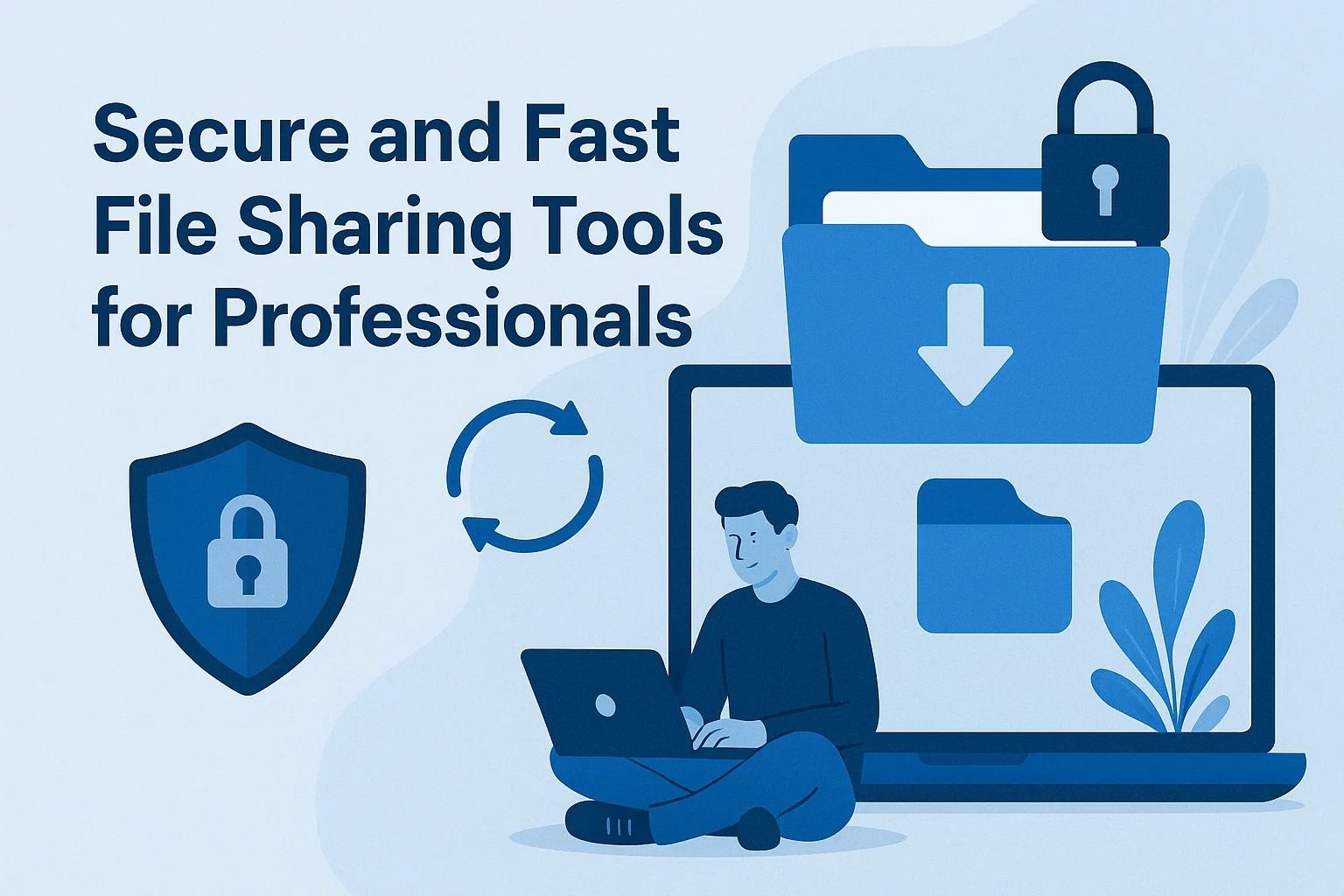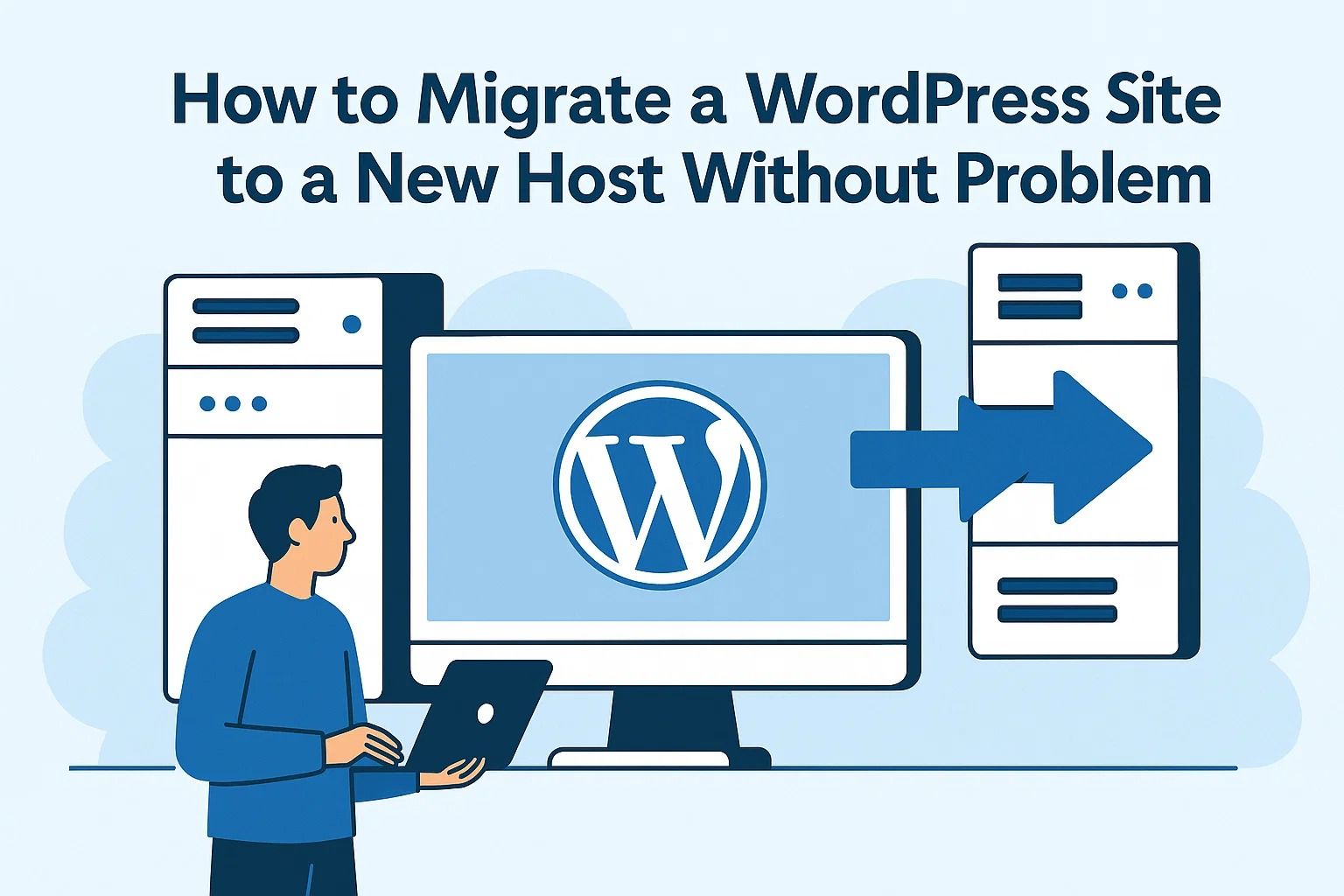
Strategies to Enter Global Markets with Your Tech Product
Strategies to Enter Global Markets with Your Tech Product
Updated for 2025 — Expanding your tech product to global markets is one of the most ambitious and complex steps a company can take. It’s not just about translation or setting up payment gateways — it’s about rethinking your business model for different regulatory, cultural, and economic realities. The global technology economy rewards products that localize deeply, move fast, and comply fully. In this comprehensive guide, we’ll explore how to strategically prepare your product and organization for successful international growth.
Understanding Global Market Readiness
Before entering a new region, evaluate whether your product is truly ready to scale internationally. This readiness involves three dimensions — technical, operational, and market adaptability. Many startups rush into global expansion after limited domestic success, only to face issues like incompatible payment systems, legal barriers, or cultural mismatch. A structured readiness assessment prevents these failures.
- Technical readiness: Can your infrastructure handle multilingual content, varying network speeds, and data localization laws?
- Operational readiness: Does your team have the bandwidth and expertise to support customers across time zones?
- Market readiness: Have you validated demand and price tolerance in your target regions?
Choosing the Right Entry Strategy
Your approach to entering a foreign market depends on your product type and resources. For SaaS platforms or cloud-based tools, digital entry via localized websites and online marketing may suffice. Hardware or regulated products may require local partnerships, certifications, or distributors. Each strategy comes with its own cost and control trade-offs.
| Entry Model | Description | Best For |
|---|---|---|
| Direct Digital Expansion | Launch localized versions of your product online, using translated interfaces and region-specific pricing. | SaaS, eCommerce, online tools |
| Strategic Partnerships | Collaborate with local distributors or resellers to access established networks. | Hardware, enterprise software |
| Subsidiary or Local Office | Establish a local entity for direct control, hiring, and compliance. | Growth-stage or enterprise products |
| Joint Venture | Partner with a regional business for shared risk and local insight. | Fintech, logistics, regulated sectors |
Tip: Start with one or two test markets. This lets you refine your localization strategy before scaling globally. Companies that expand sequentially often outperform those that launch in multiple countries at once.
Localization Beyond Translation
Localization is not just language — it’s experience. The way users perceive design, pricing, and customer support varies drastically. A product that feels intuitive in the U.S. may appear confusing in Japan or too minimal in Brazil. Successful global products adapt everything from UI text and visuals to currency, tone, and user onboarding flow.
- Localize payment options — support popular regional systems like Payoneer, GrabPay, or PIX.
- Adapt content tone — formal communication works in Germany; conversational tones succeed in Latin America.
- Offer multilingual support — human or AI-powered chat helps overcome trust barriers.
- Adjust visual design — color psychology differs across cultures (e.g., red implies prosperity in China but caution in Western markets).
Also, align your product with regional compliance requirements. For instance, GDPR in the EU, PDPA in Singapore, and LGPD in Brazil all dictate strict rules for data storage and transfer. Early compliance integration is cheaper than retrofitting later. Your hosting and infrastructure decisions play a critical role — learn more from Cloud Hosting Security Tips.
Market Validation and Pilot Testing
Before a full-scale launch, conduct pilot tests. Select a limited audience and measure metrics such as acquisition cost, churn rate, and customer satisfaction. Adjust your UX and pricing model accordingly. For SaaS products, A/B testing localized landing pages helps identify cultural preferences early.
Building the Right Team for Global Growth
International expansion requires a hybrid team — centralized leadership with decentralized local insights. Hire regional marketing managers or partner with agencies that understand local buyer psychology. Empower them to make data-driven adjustments instead of enforcing one-size-fits-all decisions from headquarters.
As your product gains traction abroad, document every operational process — customer onboarding, billing, compliance reviews, translation cycles. These playbooks turn your expansion into a repeatable, scalable process. Startups that systematize early can enter new markets faster with predictable results.
In the next part, we’ll explore marketing localization, cross-border pricing strategies, and legal frameworks for sustainable expansion. Meanwhile, you can read Freelance Productivity Hacks: Maximize Your Working Hours for insights into building scalable, disciplined remote teams — essential when managing international operations.
Building the Right Foundation for Global Expansion
Entering global markets with your tech product requires more than ambition. It demands a precise mix of research, adaptability, and strategic partnerships. The second stage of global expansion begins with strengthening internal operations and aligning your team around a unified international vision. Without this, localization efforts or market campaigns will collapse under inconsistent execution.
Start by analyzing your product’s scalability. Many tech startups mistakenly assume that a product successful in one region will perform similarly abroad. This is rarely true. For example, software built for Western markets might not comply with Asia’s data regulations, and European customers may prioritize sustainability features more than speed. Conduct a full scalability audit that includes technical infrastructure, UX adaptability, and compliance readiness. Tools like AWS Global Accelerator, Cloudflare, and distributed CDNs can improve speed and reliability across geographies, while frameworks like ISO 27001 or SOC 2 certification signal global trust.
Pro Tip
Always prepare a modular infrastructure. This allows you to deploy region-specific updates or integrate local payment systems without overhauling your global architecture.
Adapting to Cultural and Economic Environments
Cultural alignment is a decisive factor in international tech adoption. Users interact with technology differently depending on their cultural context. Something as simple as a color scheme, icon placement, or tone of language can influence conversions. Localization is not just translation—it’s cultural integration. Employ native UX researchers and translators who understand local idioms and social nuances.
Economic conditions also shape your go-to-market strategy. In high-income regions, subscription-based models are common, while emerging markets might respond better to freemium or pay-as-you-go options. Analyze purchasing behavior through regional analytics tools such as SimilarWeb, App Annie, or Google Market Finder to align your pricing and messaging.
- Market research: Identify demand signals, competitors, and user behavior by geography.
- Localization: Adapt UX, content, and marketing to match local expectations.
- Legal adaptation: Ensure compliance with laws like GDPR, LGPD, or PDPA depending on region.
For example, in Asia-Pacific, data residency laws often require local hosting. Establishing regional servers or partnering with certified local providers can improve compliance and user trust. Similarly, in the European Union, sustainability and digital transparency are significant value propositions that influence customer decisions.
Marketing for International Audiences
Once your product infrastructure and compliance are ready, global marketing becomes the next priority. Traditional marketing campaigns are inefficient when scaled internationally because they often ignore linguistic and cultural specificity. Instead, use hybrid marketing models combining global brand consistency with local flexibility.
Build global messaging frameworks that define your brand’s tone, mission, and differentiators, but allow local marketing teams to adapt them for resonance. For example, Slack and Notion use this model effectively—maintaining consistent design and UX, while tailoring messaging to specific market sentiments. Partnering with regional influencers or local B2B communities can also amplify brand authenticity.
Note: SEO and SEM strategies must be localized. Keyword trends differ across languages and search engines. For instance, Baidu dominates in China, Yandex in Russia, and Naver in South Korea. Treat each as a separate ecosystem.
Managing International Operations
Operational complexity grows with each new market. You’ll need to balance centralized control with local autonomy. This can be achieved through a “hub-and-spoke” management model—where headquarters define strategy and regional offices execute based on local insights. This minimizes cultural missteps and accelerates responsiveness.
Invest in collaboration platforms like Notion, Jira, or ClickUp for workflow transparency across time zones. Use global HR tools such as Deel or Remote.com to handle payroll and compliance when hiring internationally. Integrate unified communication tools like Slack or Microsoft Teams with AI-driven translation features to eliminate communication barriers.
Case Study: Expanding a SaaS Product Globally
Consider a SaaS startup providing remote team management software. Initially successful in the U.S., it faces challenges entering Europe and Asia. The team identifies three key roadblocks—data privacy, pricing misalignment, and slow network performance. To overcome them, they implement regional cloud servers (AWS Frankfurt and Singapore), introduce local currency billing, and rework marketing to highlight GDPR compliance. Within a year, user acquisition in new regions grows by 220%.
Internal Link
To strengthen your marketing in new territories, read our detailed guide on building global brand awareness strategies.
Financial Planning and Cost Management
Global expansion without proper financial planning can collapse under operational costs. Currency fluctuations, tax differences, and legal fees add complexity. Establish a multi-currency accounting framework using software like Xero or QuickBooks Global. Consider partnering with international payment processors (Stripe, Payoneer, Wise) to streamline cross-border transactions.
Forecast both fixed and variable costs for each region. Fixed costs include legal incorporation and infrastructure setup, while variable costs include marketing spend and customer support. Create a centralized dashboard for budget tracking, ensuring your burn rate stays aligned with growth projections.
Building Trust and Long-Term Relationships
Trust is the currency of international business. This is especially true for B2B tech products, where procurement teams assess your reliability and long-term viability. Obtain certifications, showcase client testimonials, and maintain transparent communication. Offer multilingual support through live chat, localized FAQs, and 24/7 assistance to demonstrate commitment to global users.
Long-term relationships also depend on active local participation. Attend regional tech conferences, sponsor events, and collaborate with educational institutions or incubators. These investments build brand authority and community presence that drive organic adoption.
Key Takeaways
- Align your internal teams around a shared international vision.
- Adopt modular, scalable architecture to meet regional requirements.
- Localize marketing and pricing strategies per target market.
- Build trust through transparency, certification, and local engagement.
The foundation for global success lies in systems thinking. Every strategic choice—technical, operational, or cultural—must integrate into a coherent global framework. The next part will examine advanced scaling tactics, funding strategies, and real-world lessons from tech companies that succeeded in building sustainable global operations.
Scaling Sustainably and Managing Global Growth
Once your product has gained initial traction across multiple regions, the final phase is sustaining and optimizing global growth. Expansion at this stage shifts from experimentation to optimization. The objective is not simply to reach new users, but to refine operations, enhance efficiency, and secure long-term market presence. Global scaling is a test of strategic discipline—it requires precise alignment of people, processes, and technology across borders.
Begin by establishing a data-driven performance framework. Global growth can no longer rely on intuition or isolated metrics. Implement unified analytics tools that consolidate performance indicators across all regions. Platforms like Mixpanel, Amplitude, or Power BI can unify customer insights, revenue patterns, churn rates, and marketing ROI. Build dashboards that display country-specific KPIs such as active users, conversion rates, and lifetime value. These indicators guide allocation of resources to the most promising markets.
Example
A European SaaS firm discovered through global analytics that engagement in Latin America was high, but paid conversion was low. The reason: lack of local billing options. After integrating regional payment gateways, conversion improved by 37% within three months.
Leveraging Partnerships for Acceleration
Strategic partnerships can accelerate scaling dramatically. Local partners provide access to distribution networks, regulatory shortcuts, and cultural understanding that internal teams often lack. Identify potential collaborators—resellers, co-marketing partners, or service integrators—based on aligned goals and audience overlap. Many global success stories, such as Zoom and Shopify, attribute part of their international growth to ecosystem partnerships that delivered faster market access and brand credibility.
For tech companies, joining local innovation ecosystems or incubators can also be highly valuable. These programs connect you to local talent, investors, and government incentives. Examples include Singapore’s Startup SG, Germany’s High-Tech Gründerfonds, or Dubai’s Future Accelerators. Each provides entry points to regional markets that can drastically reduce setup time and costs.
Optimizing Customer Experience Across Regions
As operations expand, user experience must stay consistent and responsive. A fragmented UX erodes trust quickly in global markets. To maintain consistency, create a design system that scales across languages and formats. Use global style guides stored in tools like Figma or Storybook so local teams can adapt layouts without compromising visual identity. Integrate multilingual support directly into the product architecture rather than using translation plugins.
Customer feedback loops become critical. Deploy continuous feedback collection systems such as Hotjar, Typeform, or Intercom surveys segmented by geography. Use the data to prioritize updates that have the highest impact per region. For instance, an Asia-Pacific market may demand better mobile optimization, while European users prioritize data privacy controls. Centralizing feedback ensures all regional teams act on verified insights, not assumptions.
Tip: Always synchronize product updates across time zones. Announcing major changes first in one region can lead to misaligned user experiences or uneven support demand.
Funding and Financial Stability
Global expansion consumes capital. To sustain momentum, companies often need new funding rounds or partnerships with global investors. Investors prioritize scalability metrics—consistent revenue growth, retention, and efficient capital allocation. Prepare detailed reports showing predictable growth patterns across regions. Transparent financial reporting using IFRS standards builds credibility in international negotiations.
Explore regional funding options as well. Many governments offer incentives for foreign startups setting up operations—such as tax relief, grants, or startup visas. Research programs like Enterprise Ireland, Singapore’s EDB, or Canada’s Global Skills Strategy. These can offset early operational expenses and reduce investor dependency.
Additionally, hedge against currency volatility. Use multi-currency accounts with providers like Wise or Revolut Business to minimize conversion losses. For SaaS billing, price locally but account globally—use dynamic pricing strategies that align with purchasing power parity without eroding margins.
Managing Global Teams
Scaling globally means managing teams across multiple time zones and cultural backgrounds. To maintain cohesion, define universal communication protocols. Daily operations should balance asynchronous work and real-time collaboration. Documentation culture is key—every decision, workflow, and standard must be written down. This prevents dependency on any single regional team.
Use distributed work tools such as ClickUp, Notion, or Basecamp to ensure visibility and accountability. Employ asynchronous update formats (e.g., recorded Loom briefings or written stand-ups) to reduce scheduling conflicts. Leadership alignment calls should occur bi-weekly with clear agendas focused on execution and measurable outcomes.
- Promote cultural literacy through internal workshops.
- Rotate leadership roles in regional projects to develop cross-market empathy.
- Standardize onboarding and documentation processes globally.
Internal Link
To optimize distributed team performance, read our article on remote collaboration frameworks for global startups.
Building Long-Term Global Resilience
The final measure of success in global expansion is resilience—the ability to adapt to economic, political, and technological shocks. Building resilience starts with diversification. Never depend on a single market for the majority of revenue. Diversify user acquisition channels and infrastructure providers to mitigate local disruptions.
Also, prioritize compliance automation. Regulatory changes can disrupt operations if handled manually. Implement compliance monitoring tools such as Vanta or Drata that alert teams to new requirements. Build a modular compliance system where policies can be updated globally without rewriting documentation or retraining staff from scratch.
Brand reputation management is equally important. A misstep in one region can damage global trust. Establish proactive monitoring using services like Brandwatch or Mention to track sentiment across languages. Maintain transparent communication during crises—acknowledging issues early strengthens international credibility.
Conclusion: The Path to Sustainable Global Impact
Global market entry for tech products is not a one-time event but an ongoing evolution. Each stage—from validation and localization to optimization—demands structured execution. The most successful companies treat global expansion as a continuous learning process rather than a milestone. They use feedback loops, data intelligence, and local collaboration to grow intelligently, not just widely.
Global expansion, done right, transforms a startup into a resilient, borderless organization. It connects innovation with real-world impact across diverse cultures and economies. For tech founders and entrepreneurs, the ultimate strategy is to remain adaptive—balancing global consistency with local authenticity. That balance defines long-term global success.
Key Lessons
- Global growth requires unified analytics and adaptable operations.
- Local partnerships and compliance automation accelerate scalability.
- Consistent UX and transparent communication build cross-border trust.
- Financial discipline and team alignment sustain international success.
Entering global markets is a strategic evolution. With preparation, agility, and cultural awareness, your tech product can compete confidently on the world stage.
















